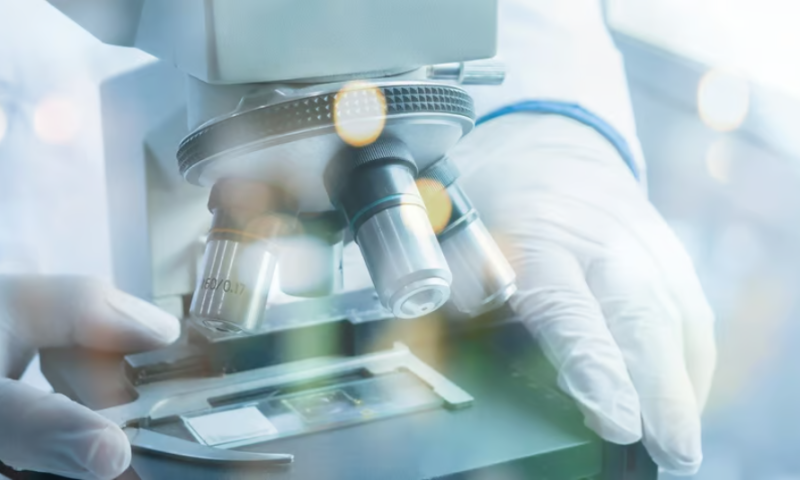Digital pathology player Paige has enlisted Microsoft to help construct what it claims will become the “world’s largest” artificial intelligence model built upon countless images of cancer biopsies.
Paige previously developed an AI model for spotting the telltale signs of tumors among tissue samples by using more than 1 billion images taken from about 500,000 pathology slides spanning multiple types of cancer.
Now, with Microsoft’s Azure cloud computing support, the former Fierce 15 winner plans to assemble a new model “orders-of-magnitude larger than any other image-based AI model existing today” containing billions of parameters and variables.
That means collating as many as 4 million digitized microscopy slides—according to Paige, which was originally launched out of Memorial Sloan Kettering Cancer Center—and linking them to the company’s petabyte-scale clinical data archive.
“By realizing the potential of generative AI at unprecedented scale, the Paige model collaboration with Microsoft is a milestone in the history of oncology,” Thomas Fuchs, Paige’s founder and chief scientist, said in the company’s announcement. “It opens a window into the microscopic world with extraordinary fidelity, allowing for not only much higher accuracy but completely novel capabilities.”
Paige also plans to use Microsoft’s Azure infrastructure to help deploy its AI programs to hospitals and pathology labs internationally.
Earlier this year, Paige launched an upgraded version of its breast-cancer-focused software suite, which aims to streamline the typically tedious task of manually diagnosing the disease from tissue slides.
That includes programs for automatically prioritizing the images most likely to contain evidence of growing tumors as well as tools for quantifying the number and density of dividing cells. The Paige Breast Suite applications have been approved in Europe and the U.K. but are currently limited to research use only in the U.S.

